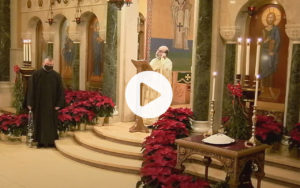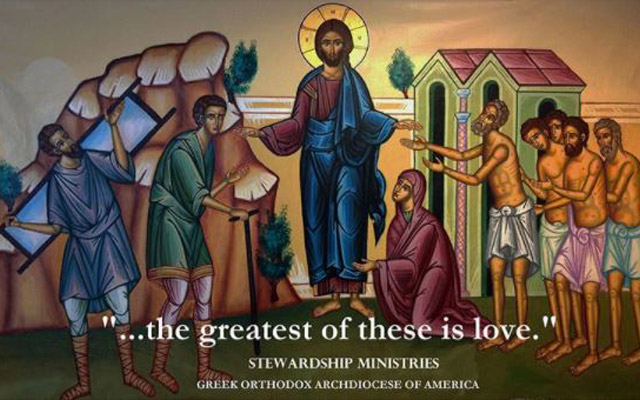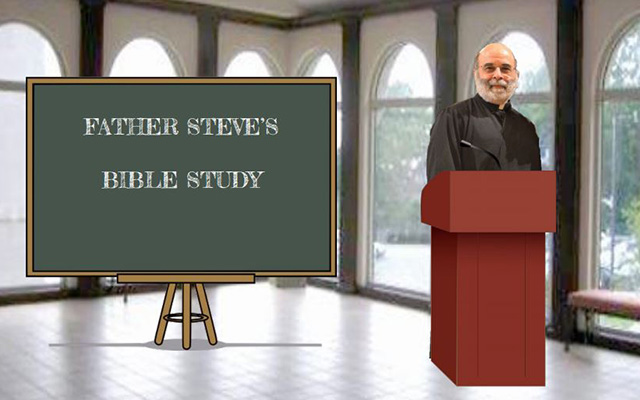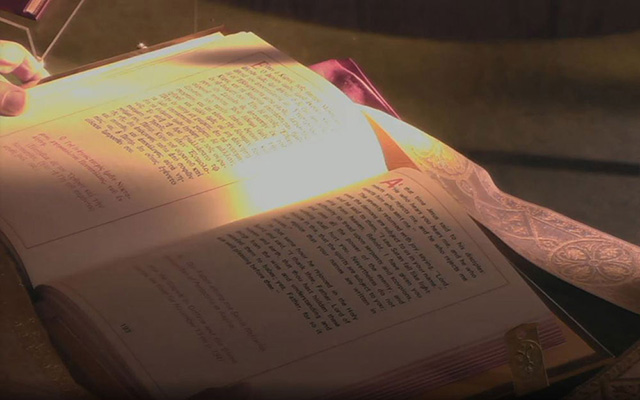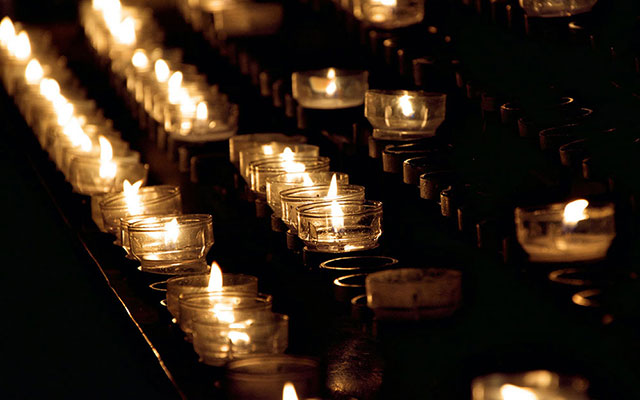A Sermon for the New Year, by Father Leonidas Contos
A Sermon for the New Year, by Father Leonidas Contos The Israelites, frequently in doubt, sometimes in despair, gradually learned to perceive the guiding presence of the Lord even in calamity. God’s Providence becomes quite real to us when we learn to see His mighty hand in all things. It is not right for us to look for signs; but it is essential for us to recognize them when they are given. The difference is


